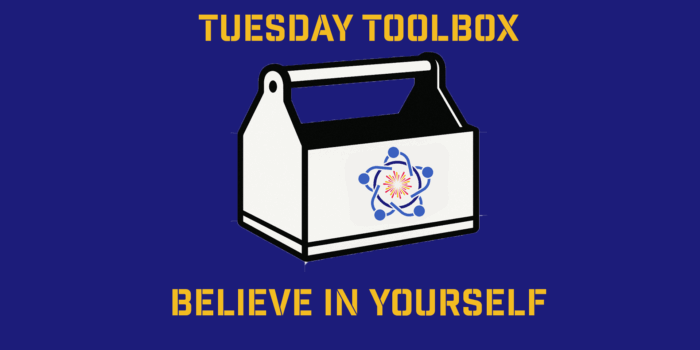I’m going to be honest from the start here: I have basically no interest in basketball — college or professional, men’s or women’s. But I do love a good neuroscience-backed success tip. Which is why I’m writing about Iowa star and first pick of the 2024 Women’s National Basketball Association draft Caitlin Clark.
You’ll have to look to sports writers if you want an explanation of her shooting prowess or practice routine. But what stuck out to this non-sports obsessive when I read her comments about her recent career triumphs is how closely Clark’s approach to goal setting lines up with the recommendations of some of the top experts in the field — and just how useful it could be to anyone chasing any kind of impossibly big dream.
First, write it down
“In second grade, I wrote on a piece of paper: ‘Get drafted into WNBA, earn a basketball scholarship,’ everything like that. And I think I’ve been able to check so many boxes and then this is another one and I feel like I’m ready for this chapter of my life,” Clark explained in a televised interview before the NBA draft (check the whole thing out below if you’re interested).
Writing down your goals might sound like a simple thing. But science suggests that physically recording your goals in some way is the first step to actually achieving them.
One much-cited study by Dominican University psychologist Gail Matthews found that you are 42 percent more likely to achieve your goals if you write them down. Another recent Rotterdam School of Management study showed that writing down specific goals boosted college students’ academic performance 22 percent and all but erased the achievement gap between disadvantaged students and their more privileged peers.
So if you want to give yourself the best shot of having your goals actually come true, you should probably follow Clark’s example and write them down. But why does this work? It’s nothing woo-woo like the universe magically manifesting your desires. It’s down to how having specific, written goals changes our thoughts and, most importantly, our behavior.
Second, make a plan
Clark didn’t just write “I heart WNBA” in her childhood diary one day and then leave it to collect dust under her bed. She worked her butt off to get where she is, of course.
Asked about her three-point shots in the recent interview, Clark responded, “Those are shots, like, I practice and work on every single day. It’s not like I just take the court for a game and just start launching those.”
And herein is the second lesson entrepreneurs, or anyone else with big goals, can learn from Clark. Part of the reason writing down goals is so powerful, psychologists and performance experts tell us, is because the process of putting pen to paper (or fingers to keyboard) pushes you to think concretely about the steps that it will take to go from where you are now to where you want to be.
University of Pennsylvania psychologist and Grit author Angela Duckworth explains that the difference between those who persevere and achieve their goals and those who give up comes down to ”being all in.” That means being “fully committed to your goal. You’re no longer weighing the pros and cons of your dreams. Instead, you’re figuring out how to make them a reality.”
Similarly, on his podcast Tim Ferriss passed along a powerful question the coach of Evander Holyfield once asked the boxing champ: “Is that a dream or a goal?” Dreams are just ideas in our heads. Real goals are dreams we have, in Duckworth’s language, “figured out how to make a reality.” And real goals are how we actually make progress.
One British study even showed that transforming your goal from a nice-sounding idea in your head to a step-by-step plan can nearly triple your chances of actually achieving it, Atomic Habits author James Clear reports.
“What pulls that desire out of you and turns it into real-world action isn’t your level of motivation, but rather your plan for implementation,” he insists.
Seven-year-old Ciatlin Clark almost certainly wasn’t sitting around reading these experts’ books and papers. But she intuitively understood what they all taught — the trick to turning big, impossible-seeming goals into reality is to first write them down, and then break them down into concrete, actionable steps.
The Iowa star clearly did just that to earn her place in the WNBA. But you don’t need to know how to dribble a basketball to steal her science-backed technique for whatever big goals you have for your own life.



